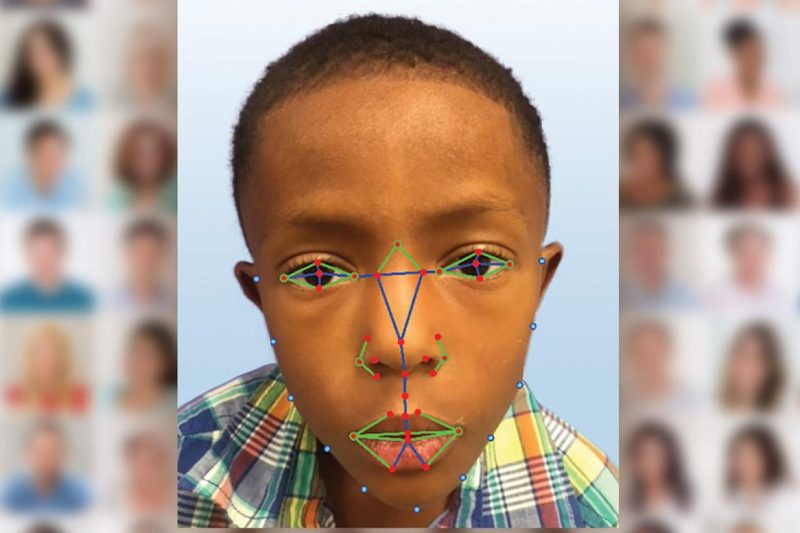
Facial recognition technology is commonly used in criminal investigations, but now it’s being used to save lives in different manner—detecting a rare genetic defect.
DiGeorge syndrome is a genetic condition that’s caused by a missing component in chromosome 22. It affects 1 in 3,000 to 6,000 children.
The symptoms manifest in a number of ways—from cleft palates to heart defects and cognitive development issues—that make it hard for doctors to diagnose the condition. Making diagnosis even trickier, the deformations appear differently in various parts of the world, Engadget reports.
“Even experienced clinicians have difficulty diagnosing genetic syndromes in non-European populations,” said Dr. Paul Kruszka, M.D., a medical geneticist in National Human Genome Research Institute (NHGRI).
To fix this, researchers at the NHGRI developed a method that uses facial recognition to detect DiGeorge condition within 96.6 percent accuracy. The technology uses a combination of machine learning and computer vision, a type of image analysis, to generate 126 characteristics the software looks for.
Similar technology has already been used to diagnose Down syndrome.
Researchers hope to refine the technology so doctors can make diagnoses using their smartphone cameras.
—RealClearLife
This article was featured in the InsideHook newsletter. Sign up now.